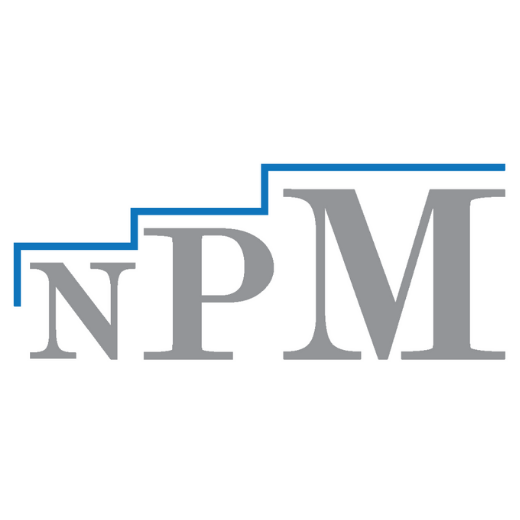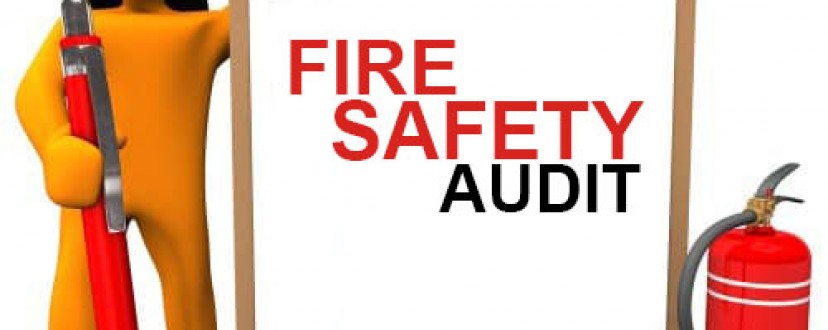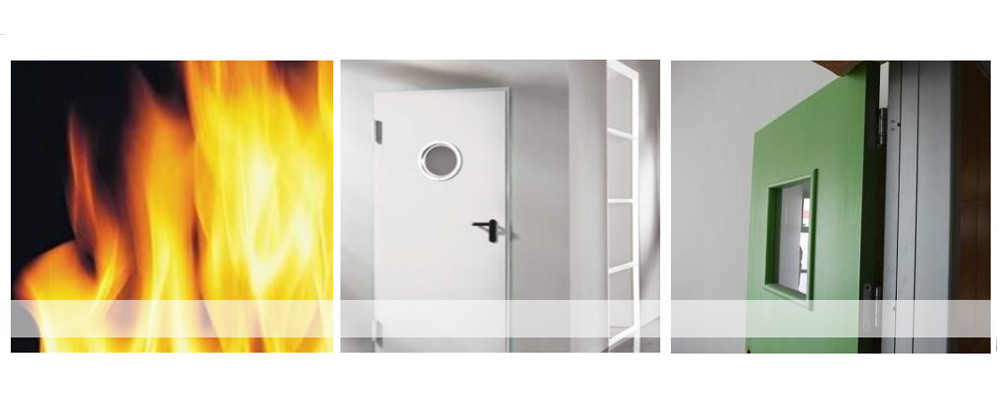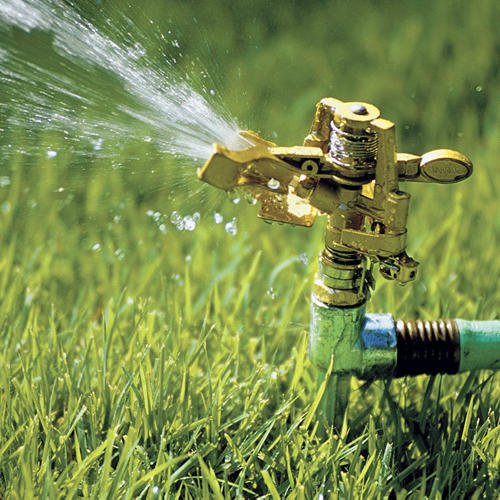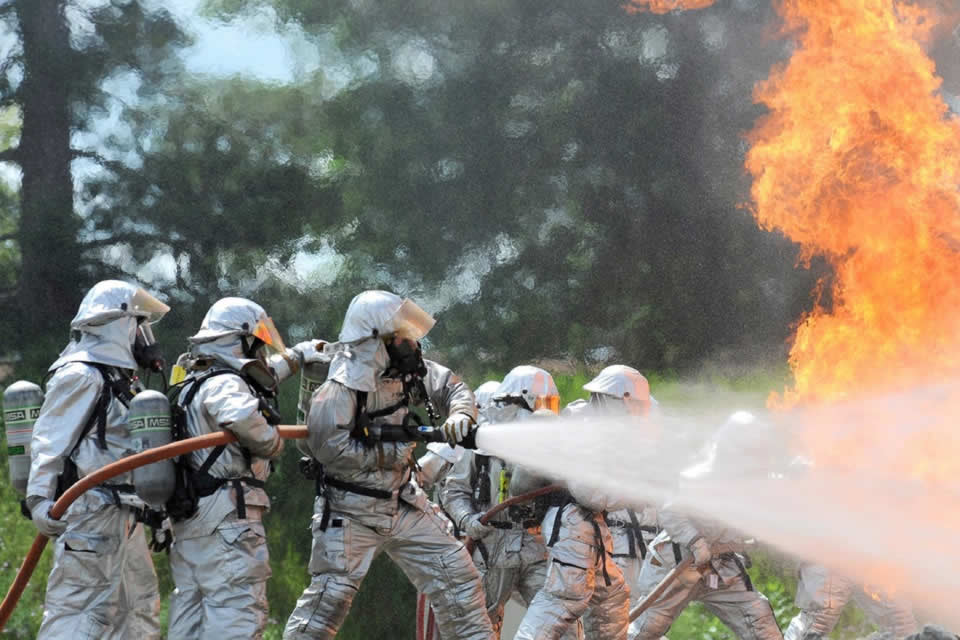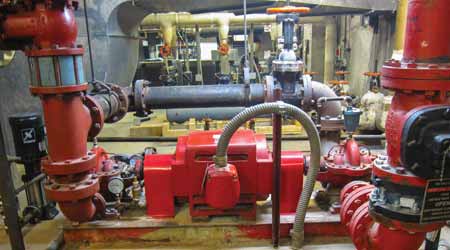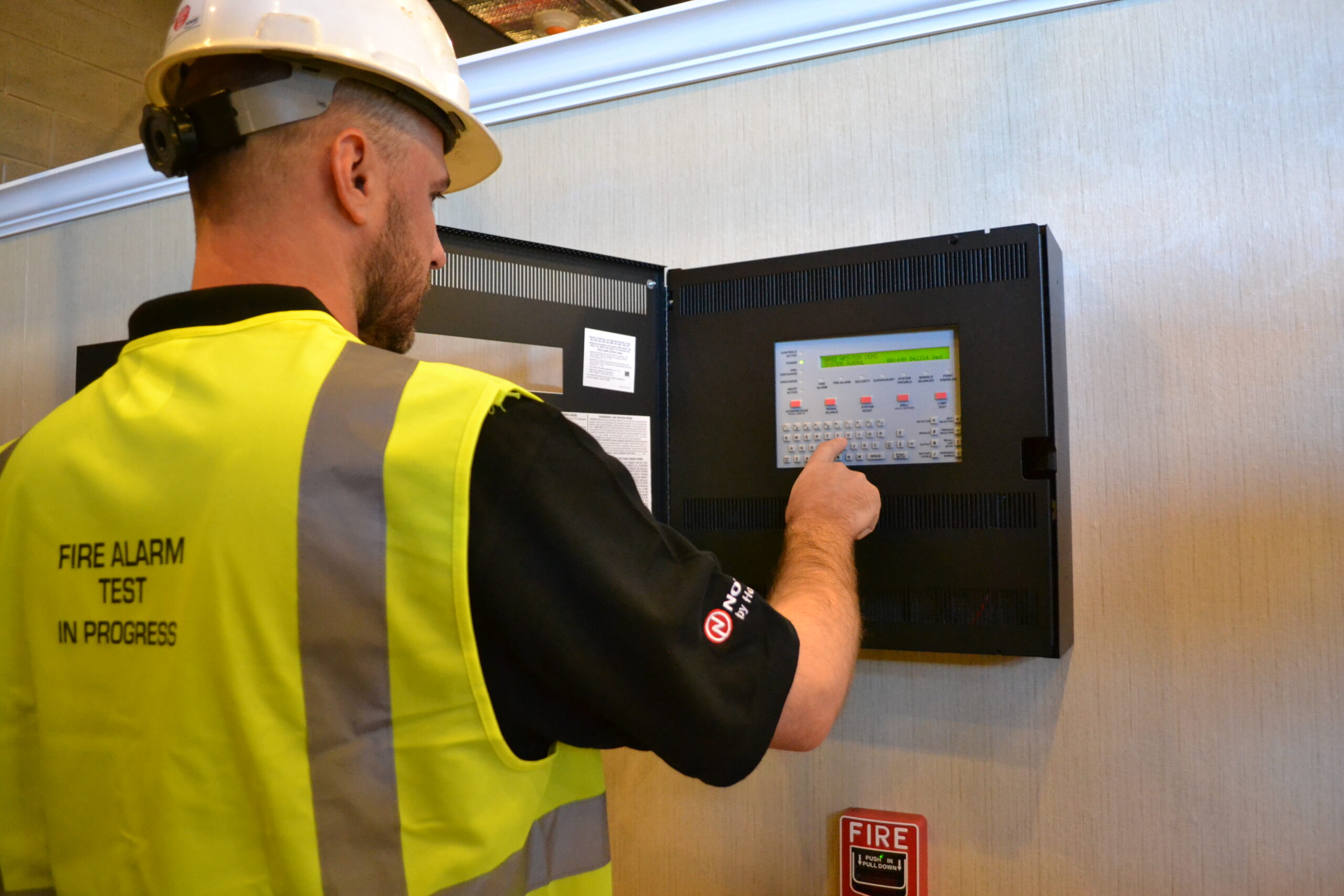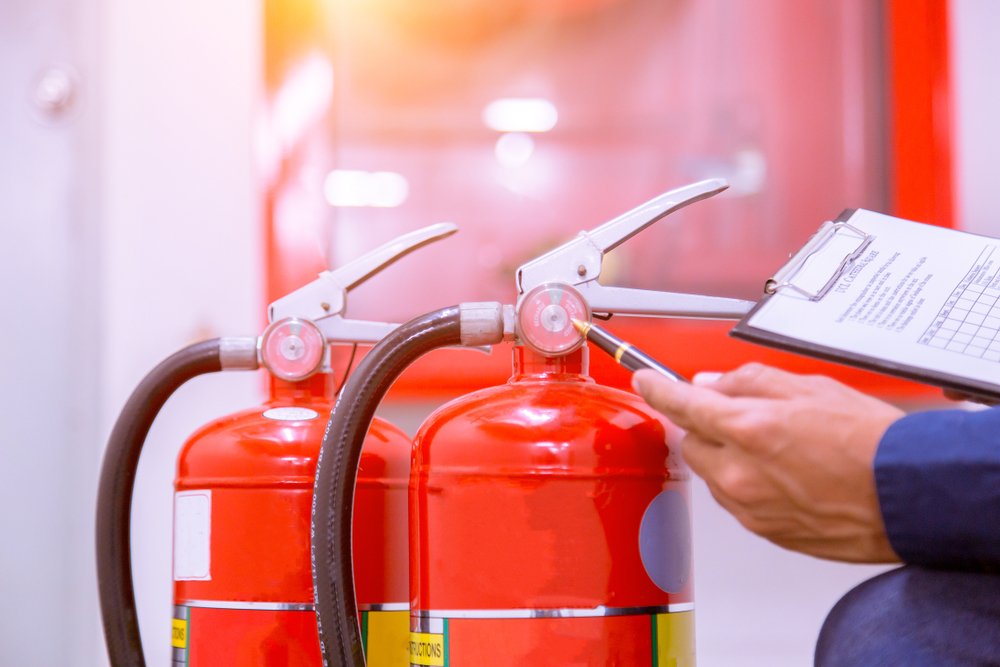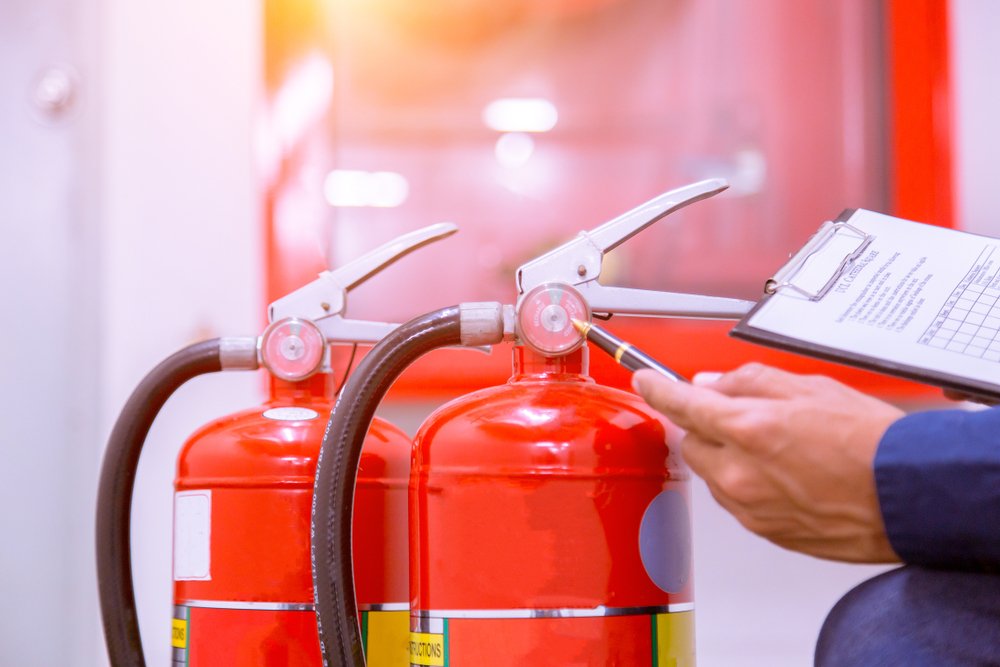The Fire Protection audit can be performed as part of a premise license application or in conjunction with other authorities. It can include testing fire detection systems, emergency lighting, sprinkler systems, ventilation systems, and firefighting equipment, and can include recommendations for improvements. It can also include the review of drawings and layout of firefighting systems.
Review of hazards
A fire safety audit is a comprehensive process that examines all factors that can affect fire safety in the workplace. This type of inspection takes a close look at workplace safety systems, including employee training, equipment, and procedures. Additionally, it focuses on compliance with fire code requirements. A fire safety audit is conducted by a third-party company.
A fire safety audit is an important step in the fire safety process of any building. It takes into account the various fire hazards a building presents, as well as its design, operation, and maintenance. It can also include an active system test to make sure that the system is functioning properly and that the fire fighting equipment is available for use.
A fire safety audit is essential because fires are often difficult to detect until they have already spread. It also reveals potential malfunctions that require maintenance. It provides a detailed assessment of the wear and tear on equipment and provides recommendations to keep the building fire-safe. An independent fire safety auditor will be able to identify any hidden risks and prevent a potentially devastating fire.
Review of risk
Fire is one of the most common hazards in buildings, and there are a number of different ways to reduce its risk. However, many buildings are not properly protected, which can increase the risk of a fire. The best way to reduce fire risks is to evaluate the building’s current fire safety provisions.
Reviewing fire resistance is an important part of the construction process. However, traditional methods of fire resistance assessment are overly conservative and often fail to account for many contemporary fire hazards. In addition, traditional methods do not take into account the unique characteristics of buildings, including their fuel load density and compartmentation. They also do not account for material degradation at high temperatures.
Fire hazards are factors that increase the risk of a fire and make it difficult for people to escape. The main source of fires in buildings is cooking, but there are other sources as well. The electrical system, heating equipment, and even fireworks can start a fire. Even the improper storage of tools or rubbish can increase the risk of a fire.
The fire hazard presented by buildings is a major threat to human life, property, and the environment. Current fire protection measures are inadequate and only address a minimal portion of the fire hazard in buildings. Proper regulation of building codes and the proper use of resources are key to reducing fire risks in buildings. Further, research and development are needed to identify new materials and methods to reduce the risk of fire.
A fire can reach temperatures of 1,000 degrees Celsius. This temperature can degrade the structural material of a building, leading to the partial or complete collapse. It can be deadly, and every minute counts in evacuating the residents of a building.
Review of layout of firefighting systems
When it comes to firefighting systems, the layout needs to be user-friendly for firefighters and provide easy access to various features. The layout should include all fire departments’ connections, the fire command center, hose valves, elevators, and key boxes, and all must be in compliance with local authority codes and regulations.
Firefighting systems are designed in different ways based on the type of fire, occupancy, and application. For example, the water system and common system are the topics of the firefighting design course. Students will learn how each system functions from the start of the course and proceed to a higher level of system recognition.
Review of firefighting system drawings
When fire protection systems are installed in new buildings, shop drawings are required for review and approval. These drawings are developed by an installation contractor and contain the most important details about a fire sprinkler system. These drawings must be compliant with NFPA 13 and are enforceable by the Authority Having Jurisdiction. NFPA 13 editions include a checklist of items that must be included in a fire sprinkler system drawing.
A fire protection engineer will review your fire protection system drawings during the design stage. This ensures that all parts are coordinated and meet applicable codes. In the event of an emergency, the design and documentation are consistent, making it easier to secure approval from the Authority Having Jurisdiction (AHJ). If you are unsure of your fire protection system design, review it before finalizing it. It could help you avoid a costly mistake and ensure proper fire protection.
Review of firefighting system performance
A review of firefighting system performance can help determine the effectiveness of a building’s fire suppression system. There are several advantages to this approach, including lower costs and increased safety. This method of evaluation is often referred to as performance-based design, and uses engineering calculations and computer fire simulations to compare candidate designs. These candidate designs may include varying means of egress, smoke control system exhaust rates, and sprinkler types. If they meet a certain set of quantitative performance criteria, the design is considered acceptable.
This approach has a number of advantages over tactical methods. For example, it pays off over long periods of time and can be applied across a number of projects. While it may take a longer time to implement, strategic approaches to firefighting can lead to increased safety. These methods don’t completely eliminate the need for firefighting, but they do increase the chances of success. First, strategic approaches require a thorough assessment of the building’s fire suppression system, which includes examining its operation, efficiency, and effectiveness.
The main goal of fire management is to minimize its impact on the building. This means limiting the amount of fuel available for combustion and utilizing different fire protection features. Building codes typically specify a maximum allowable available fuel load in a building. This limit is given in MJ/m2 and depends on the fire resistance requirement of the building.
The effectiveness of a firefighting system can also be measured through the number of sprinklers activated. This is a simple measurement, but it’s not always a good indicator of whether the system is effective. The British Standards Institution’s 2003 PD7974-7:2003, for example, talks about how to assess the effectiveness of sprinkler systems and suggests that four sprinkler heads be operational for effective operation. This number is based on fire engineering studies, which typically use four heads as the cutoff.
